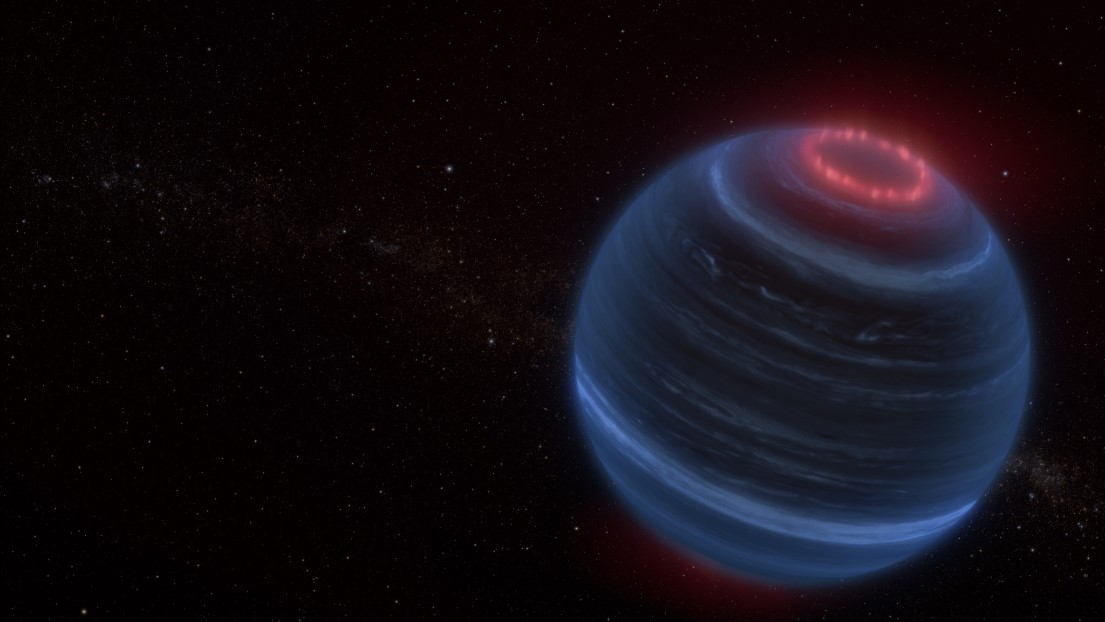James Webb Space Telescope Spots Hint of Mysterious Aurora over 'Failed Star'

Space News ,NASA :- In a groundbreaking discovery using NASA's James Webb Space Telescope (JWST), astronomers have identified an unexpected phenomenon—a celestial aurora surrounding a brown dwarf known as W1935, located more than 40 light-years away from Earth. Brown dwarfs, often dubbed "failed stars," fall between gas giant planets and stars in size, forming from collapsing gas and dust clouds but lacking the mass required for hydrogen fusion.
Unlike typical auroras witnessed on Earth or other planets, the mystery deepens around W1935 because no nearby stars exist to supply charged particles needed to generate the aurora. In the absence of an external solar wind, scientists speculate that internal processes within the brown dwarf or interstellar plasma may be responsible for the peculiar light display.
The team, led by astronomer Jackie Faherty from the American Museum of Natural History, made this remarkable find while investigating a dozen brown dwarfs with JWST. Among them, W1935 stood out due to its methane emissions, detected through infrared signals—an unusual occurrence not observed in its near-identical counterpart, W2220.
The researchers delved into modeling the atmospheres of these brown dwarfs to unravel the methane emission mystery. Surprisingly, they found that while W2220 exhibited a typical cooling with altitude, W1935 experienced a temperature inversion, heating up at higher altitudes—a puzzling phenomenon absent an apparent external heat source.
Drawing parallels with Jupiter and Saturn, where similar temperature inversions are linked to auroras, the team theorizes that the aurora phenomenon might be responsible for W1935's atmospheric anomaly. This marks the first time that a methane emission from a brown dwarf has been associated with an aurora, according to JWST observations.
Astronomer Ben Burningham of the University of Hertfordshire expressed astonishment at the unexpected temperature inversion, noting that similar instances were previously observed in planets with nearby stars, but not in celestial bodies lacking an obvious external heat source.
Jackie Faherty, presenting the findings at the 243rd meeting of the American Astronomical Society in New Orleans, emphasized the significance of using the JWST to explore and understand celestial processes beyond our solar system. With W1935, scientists now have a unique opportunity to unravel the intricacies of auroral processes without the influence of stellar irradiation, providing a new perspective on the chemistry of brown dwarfs.


